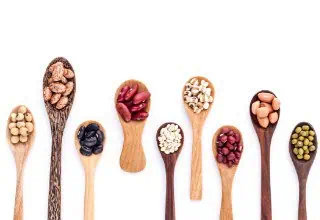
Phytoestrogens are a special group of phytonutrients that occur naturally in most plant foods. The two major classes are isoflavones in soy, and lignans in seeds, whole grains, legumes, fruits, and vegetables.
They’re called phytoestrogens because they interact with estrogen receptors but they’re not estrogen. In fact, they bind so weakly to estrogen receptors that they effectively block estradiol and are therefore better categorized as anti-estrogen.


 Headaches, anxiety, insomnia, brain fog, hives, and nasal congestion. These are just a few of the symptoms of mast cell activation or high histamine.
Headaches, anxiety, insomnia, brain fog, hives, and nasal congestion. These are just a few of the symptoms of mast cell activation or high histamine.